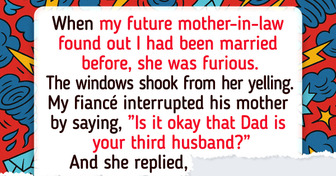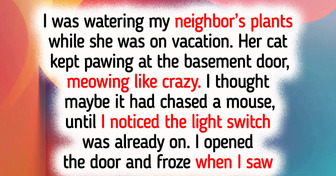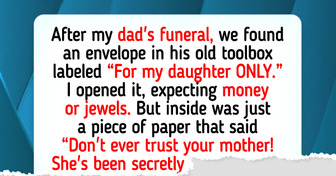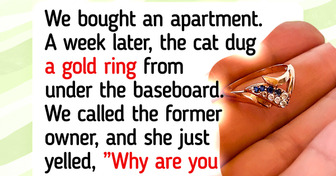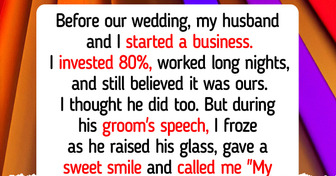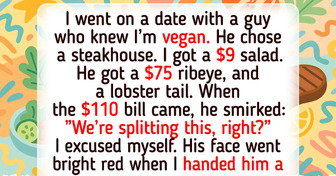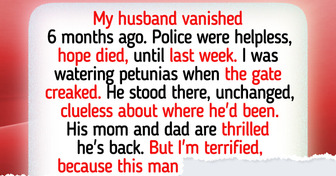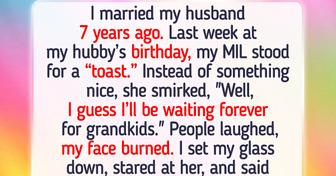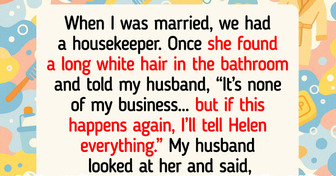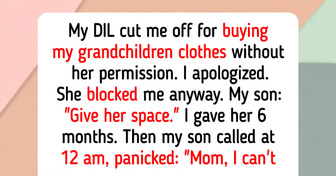How 15 Stars Would Look If They Arrived on the Red Carpet Without Any Makeup


In our youth, many of us assigned ourselves to a certain subculture: some were avidly watching anime, others would dye their hair bold colors, and some spent their weekends hanging out at rock concerts. Unfortunately, society doesn’t always welcome these different hobbies and lifestyles, while rumors about them fly, creating false stories and ideas.
It’s quite difficult to cover all the different movements there are out there in one article. But we at Bright Side are against stereotypes, and that’s why we decided to bust some of the most popular myths about different subcultures.
The idea of subculture is a very vast concept when you look at it from a sociological point of view. It does more than appease to a certain music genre — there are many other factors like one’s profession or ethnicity that can be unifying as well. This means that subcultures have existed as long as humankind itself. Diasporas, secular salons, and some professional communities relate to subcultures as well. All of these groups contain people with common interests, specific vocabulary, and values.
The first subculture we can recall, in the typical sense, appeared at the end of the ’40s and was known as the Beatniks. These people were skeptical about comfort, traveled a lot, and dressed deliberately casually. The origins of this movement lie in the literature of the Beat Generation. That’s how the group of poets and novelists that included William S. Burroughs, Jack Kerouac, and others came to be.
In the ’50s, it was Teddy Boys who appeared in Great Britain and “blousons noirs” in France. As a rule, they came from poor families, adored rock-and-roll, and boasted a clothing style that was inspired by the image of a dandy, which included pipe trousers, tight ties, and creepers. Girls would often sew clothes themselves — not only were they trying to impress others but this was also a way to express their protest against post-war asceticism. Teddy Boys were replaced by the Mods (short for “Modernists”).
Subcultures were also formed around music like jazz, ska, rhythm, and blues, as well as around clothing styles.
Hippies are often associated with free love, which is true only partially. It’s true that people of this subculture didn’t share the conservative ideas and lifestyles of their parents. But the emancipation of morals took place at a time when they were already appearing and the attitude toward intimacy was changing throughout society. That’s why the representatives of various social groups, including hippies, started to investigate the things that used to be banned before.
Despite this, traditional monogamous relationships were quite frequent in the hippie environment. According to the memories of one hippie, nudity was actually rare. They had some experiments at parties, but the next morning, the participants would face unpleasant emotional consequences.
The goth subculture originated from the punk movement in the early ’80s, so the 2 have a lot in common. Contrary to stereotypes, goths don’t have any ideology nor do they have a desire for depression and melancholy. There’s a special term, “darkly inclined,” which can be used to describe those who like dark literature, horror films, sad poetry, and other mysterious things.
There are only 2 things that make a person a goth: a love for music (goth-rock, goth-punk, etc.) and a certain style of clothing. Even one of the popular goth songs, “Bela Lugosi’s Dead” sung by the Bauhaus band, was created as an homage to the Dracula actor. Just like the punks, many goths like DIY and strive to support other musicians financially if they can.
This heavy metal subculture dates back to the 1970s and has no ideology that excludes the black metal subgroup. These fans of heavy metal music are united by a tough, brutal look. The theme of metal songs depends on the subgenre: followers of power metal use fantasy as a basis for their songs, crust punk and grindcore (genres that teeter on the border of heavy metal and punk) raise the topic of social inequality, and atmospheric black metal speaks about the beauty of nature.
The lyrics and music of some subgenres may sound intimidating to the untrained listener but anything scary should be perceived solely as artistic imagery. In fact, they should be treated like horror movies: this way of thinking helps to get rid of any assumed “inner negativity.” In other words, this music creates the same mystical images as thrillers and horror films and is in no way a call to action.
As surprising as it might sound, the emo subculture appeared long before 2007. This music genre has origins in hardcore-punk and post-hardcore from the middle of the ’80s. It was bands like Black Flag and Minor Threat that influenced the emo culture. It’s worth noting that the Minor Threat band and its lead singer, Ian MacKaye, recorded a song called “Straight Edge” that became iconic for the movement of the same name.
This manner of singing is full of intense emotions, which is why it’s called “emo” or “emo-core.” Some bands use screamo, an extreme form of singing that sounds similar to a scream. Lyrics can touch on topics such as unhappy relationships and other personal worries, but these are only a part of an artistic image.
These are related subcultures but they have a significant difference. Live-action role players (sometimes dubbed “LARPers”) appeared in the late 1970s. The followers of this movement arrange role-playing games based on various fiction genres, like fantasy books, and often take inspiration from tabletop role-playing games. There often is some element of fantasy in the game and a desire to experience these stories in a physical setting. There also tends to be a lot of improvisation when acting out a character. That said, wearing the characters’ clothes and carrying their objects are an important part of the game.
Unlike role players, reenactors recreate events and their elements. It’s historical accuracy that matters to them the most — they’re very attentive to the materials that they use for this hobby.
Many people think that rap is a genre for teenagers with criminal inclinations due to its simple rhythms and “rude” performances. However, rap songs aren’t always about criminal activities (which is known as “gangsta rap”). Just like performers of other types of music, rappers write about everything, like society, politics, personal experiences, and other issues.
Beats (which is what rappers write their text along to) are only a part of the elements of this style — they’re a complement to the lyrics. Rap is oftentimes on the border of literature and soundtrack-making, which makes it a sort of melodeclamation.
Subcultures don’t only form around types of music. People are often united by other common interests. For example, urban explorers who like to visit abandoned factories, cities, and other places can be called a subculture too. Another example of a subculture is roof toppers — or the conquerors of roofs or other high-rise objects. They capture their ascents on camera and perform acrobatic tricks at incredible heights.
Graffiti painters also make up a subculture. They’re often mistaken for young hooligans who write bad things on fences and buildings. But graffiti artists draw attention to important social topics with the help of their paintings, and their works often transform urban spaces. The debates about whether graffiti is art or vandalism are still going on, but this doesn’t stop them from arranging thematic festivals like Mural or Carte blanche.
This stereotype is far from accurate. It’s true that we have less and less time to spend with our friends as we grow older. But on the other hand, a love for music and art never disappears, while work and the ability to earn money allows us to spend more money on hobbies. That’s why there are many people who are over 30 years old who participate in festivals and such. Moreover, they make up the majority of the visitors at some subculture events.
Subcultures are around, even today. There are many concerts, festivals, parties, role-playing games, historical reenactments, and other themed events all around the world that attract new participants. New subcultures do appear, but at the moment, they’re not becoming as iconic.
Perhaps this is connected with the appearance of the Internet, which has given young generations less of a need to communicate and express themselves in the offline space. Or maybe there are already so many various existing subcultures that it’s quite difficult to create something totally new. If we turn to history, we can see that the top subcultures arose at about the same time, in the ’60s, ’70s, and ’80s of the last century.
What subculture do you currently or formerly relate to? What entices you about other subcultures?

